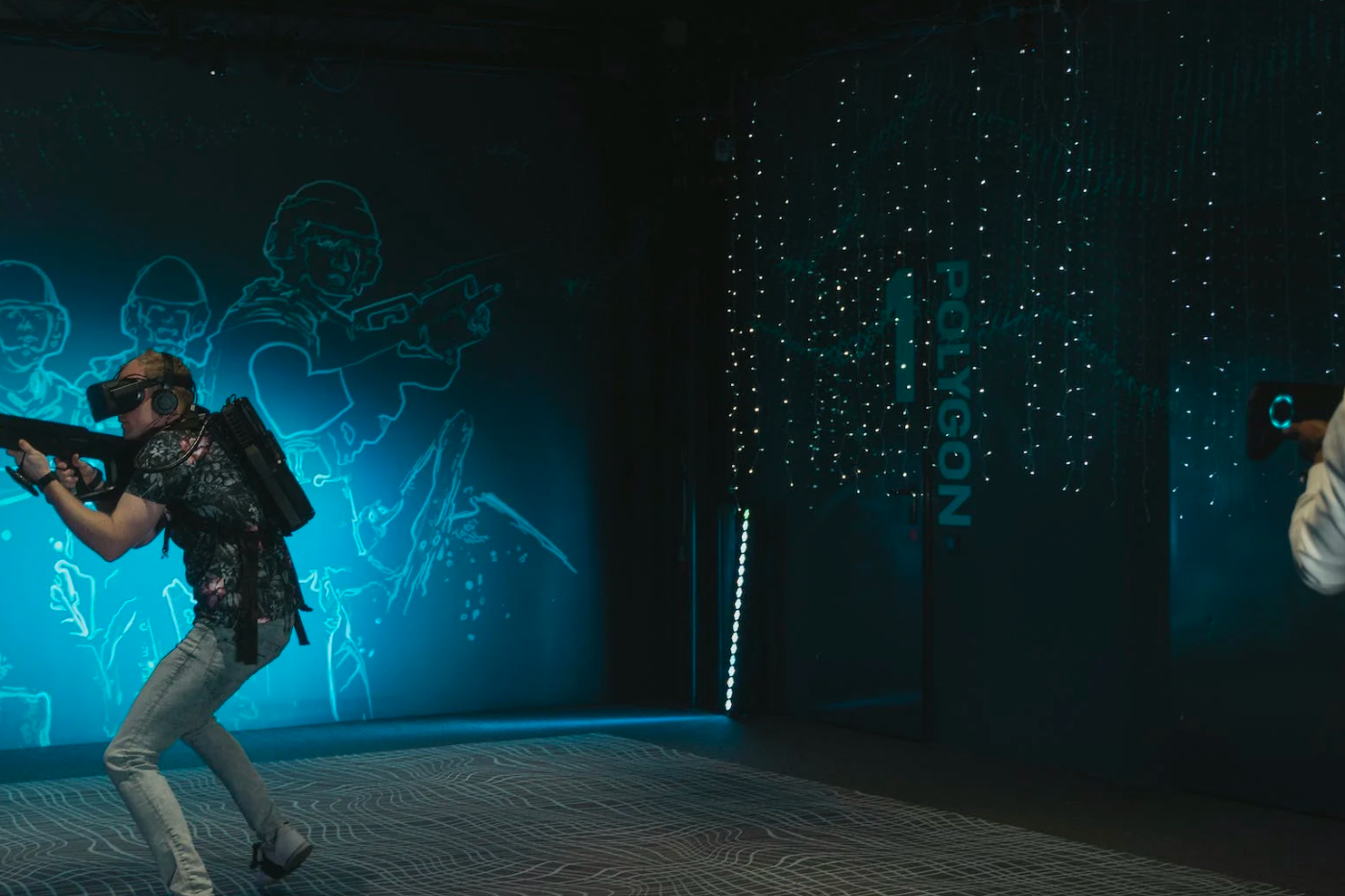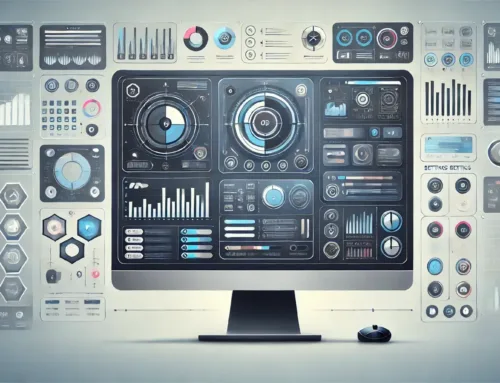Augmented Reality: The Next Step for Modern Technology
In today’s fast-paced world, technology is evolving at an unprecedented rate, constantly pushing the boundaries of what we thought was possible. One such technological advancement that has gained significant traction in recent years is Augmented Reality (AR). AR holds immense potential and is expected to revolutionise an array of industries. In this blog post, we will delve into the fascinating world of augmented reality and explore how it is reshaping our digital landscape.

Understanding Augmented Reality
Augmented Reality refers to the integration of digital information, such as images, videos, or 3D models, with the real-world environment in real-time. Unlike Virtual Reality (VR), which creates an entirely immersive digital experience, AR enhances our perception of the real world by overlaying virtual elements onto it. With the advent of powerful smartphones and wearable devices, AR has become more accessible, leading to its widespread adoption and the excitement of its potential going forward.
Retail and E-commerce
One of the key areas where AR is making a significant impact is in the retail and e-commerce industry. AR allows customers to virtually try on clothes, and accessories, or even test furniture placements within their living spaces. By superimposing virtual objects onto the real-world environment, customers can make more informed purchase decisions, thereby enhancing their shopping experience and reducing returns.
Education and Training
Augmented Reality has tremendous potential in the field of education and training. By leveraging AR, students can engage in immersive learning experiences, visualising complex concepts and theories in a more interactive manner. Moreover, AR can provide practical training simulations for various industries, including healthcare, engineering, and aviation, offering a safe yet realistic environment for learners.
Gaming and Entertainment
The gaming industry has embraced AR as a means to bridge the gap between the virtual and real worlds. AR games, such as Pokemon Go, have captivated millions of users worldwide, blurring the boundaries between imagination and reality. Furthermore, AR has opened new avenues for immersive storytelling and interactive experiences in movies, theme parks, and live events.
Advancements in Augmented Reality
The rapid progress in AR technology has paved the way for exciting developments that promise to revolutionise user experiences. Some notable advancements include:
- Wearable AR Devices. While smartphones have been the primary medium for experiencing AR, wearable devices like smart glasses are gaining momentum. These devices offer a hands-free AR experience, allowing users to interact with the digital content seamlessly. With continuous advancements in display technology and miniaturisation, wearable AR devices are becoming more lightweight, comfortable, and aesthetically pleasing.
- Spatial Mapping and Object Recognition. Spatial mapping and object recognition technologies play a crucial role in AR applications as advancements enable AR devices to understand and interpret the physical environment accurately. By analysing the surrounding space and identifying objects, AR can overlay virtual content precisely, creating a seamless blend between the digital and physical worlds.
- Cloud-Based AR. Cloud computing has opened up new possibilities for AR by offloading intensive processing tasks to remote servers. Cloud-based AR allows for more sophisticated and complex virtual experiences that go beyond the capabilities of local devices. Users can access vast amounts of data and resources in real time, making AR applications more scalable, interactive, and collaborative.
AR for Enhanced Communication and Social Interaction
AR has the potential to transform the way we communicate and interact with each other. Imagine being able to have virtual meetings where participants appear as holographic avatars in a shared virtual space. AR can enrich social media experiences, allowing users to create and share augmented content with their friends and followers. This fusion of AR and communication technologies will redefine social interaction and create new avenues for expression and connection.
Conclusion:
Augmented reality represents a significant leap forward in modern technology, offering immersive and interactive experiences that blend the digital and physical worlds. From retail and education to manufacturing and gaming, AR is transforming various industries and unlocking new possibilities. As an IT company, it is essential that we recognize how It will revolutionise the way we work, learn, shop, and entertain ourselves. As AR continues to evolve, it is crucial for businesses and organisations to stay at the forefront of this technology to leverage its potential for growth and competitive advantage.
Feeling overwhelmed by the tech world? We get it. Keeping up with ever-changing technology can be a real challenge.
Our team of experts is here to help you make sense of it all. We’ll break down all that confusing jargon and get you on the right track. Reach out to us today for professional support and advice on anything related to hardware and software. We’ve got your back!




